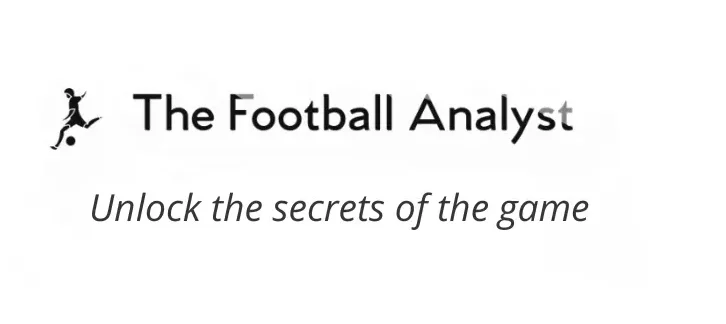Football is a dynamic and ever-changing game where the key to success lies in how well a team can adapt to the fluidity of the match. As the game evolves, certain tactical advantages emerge, driven by the interaction between players, space, and time. These advantages aren’t static — they appear and disappear in the blink of an eye. The key to effective football tactics is not just identifying these moments but knowing how to capitalize on them before they disappear. Through understanding these advantages, a team can influence the behavior of their opponents, manipulate space, and make better decisions, especially in the build-up phase. This allows the team to progress with more control, putting them in better positions to attack or defend.
In this article, we will explore four fundamental types of advantages in football: Numerical, Positional, Dynamic, and Qualitative. Each of these advantages plays a crucial role in shaping tactical decisions and the overall flow of the game. Let’s break them down and see how they can be used to create successful outcomes for a team.
1. Numerical Advantage
A numerical advantage occurs when one team has more players in a particular area of the field compared to the opposition. This type of advantage is often tactical in nature, with the team intentionally positioning more players in certain zones to outnumber their opponents and increase their chances of retaining possession, breaking lines, or creating goal-scoring opportunities. Numerical advantages are especially important during the build-up phase, where teams look to bypass pressing opponents or overload certain zones to gain an edge.
Example of Numerical Advantage:
In a build-up situation, a pivot (central midfielder) might drop deeper between the center-backs, creating a 3v2 overload against two opposing strikers. This is a classic example of numerical superiority in the first phase of play. The two strikers press the ball carrier, but the presence of an extra player in defense allows the team to bypass pressure and retain possession. This numerical advantage provides more passing lanes and options, giving the team a better chance of breaking through the opposition’s defensive lines.
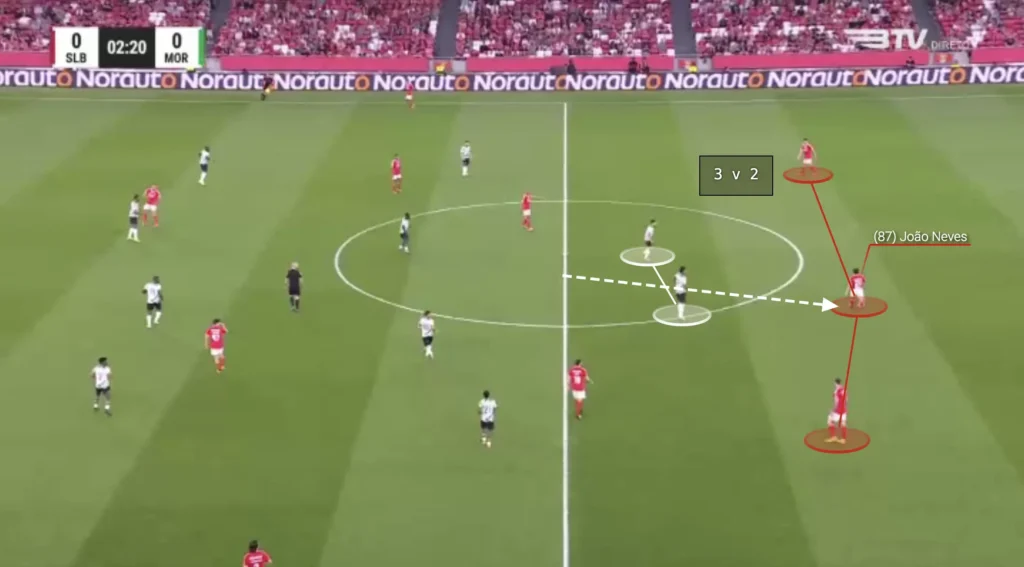
Numerical advantages aren’t just about having more players; it’s about using that extra player effectively. The team needs to recognize the right moment to exploit this advantage — whether it’s to pass the ball into space, pull defenders out of position, or progress the ball through dangerous zones.
Tactical Application:
In the build-up phase, coaches often instruct players to drop deeper, spread out, or shift across the pitch to create numerical superiority. For instance, when the ball is played wide to a fullback, the central midfielder might drop deep to form an extra line of defense, ensuring that the team has numerical support in case of opposition counter-pressing. Teams with high levels of positional awareness can regularly generate numerical advantages in key areas of the pitch, making it easier to control the game.
2. Positional Advantage
Positional advantage refers to a situation where a player is positioned in a specific area of the field to either exploit space or disrupt the opponent’s defensive structure. This advantage focuses on the positioning of players relative to the opposition’s lines, whether between, inside, or outside them. The idea is to place players in spaces that make it difficult for the opposition to cover all attacking options, often leading to disorganization in the opponent’s defense.
There are three main types of positional advantages:
- Between Lines: This refers to occupying the space between the opposition’s defensive and midfield lines. A player positioned here can receive the ball in advanced areas without being immediately pressured. For example, a central midfielder who moves into the space between the opponent’s midfield and defensive lines can receive the ball facing forward, creating a direct line towards goal.
- Inter Lines: This type of advantage happens when a player positions themselves between two defenders, usually in a 1v1 situation. By positioning themselves between the two defenders, the player can force the defenders to make difficult decisions, creating space for teammates or themselves to exploit.
- Out of Lines: When a player positions themselves outside the opponent’s defensive block, they can stretch the defense horizontally. This positional advantage forces the defenders to either track the player out of position or leave them open to receive the ball.
Example of Positional Advantage:
A classic example is a pivot (defensive midfielder) positioning himself behind the two pressing strikers. This forces the strikers to decide whether to follow the pivot, leaving space for the central defenders to step forward, or whether to focus on pressing the ball carrier, thus allowing the pivot to receive the ball unchallenged. The objective here is to exploit the disorganization created in the opposition’s pressing system and gain control of the ball in a favorable position.
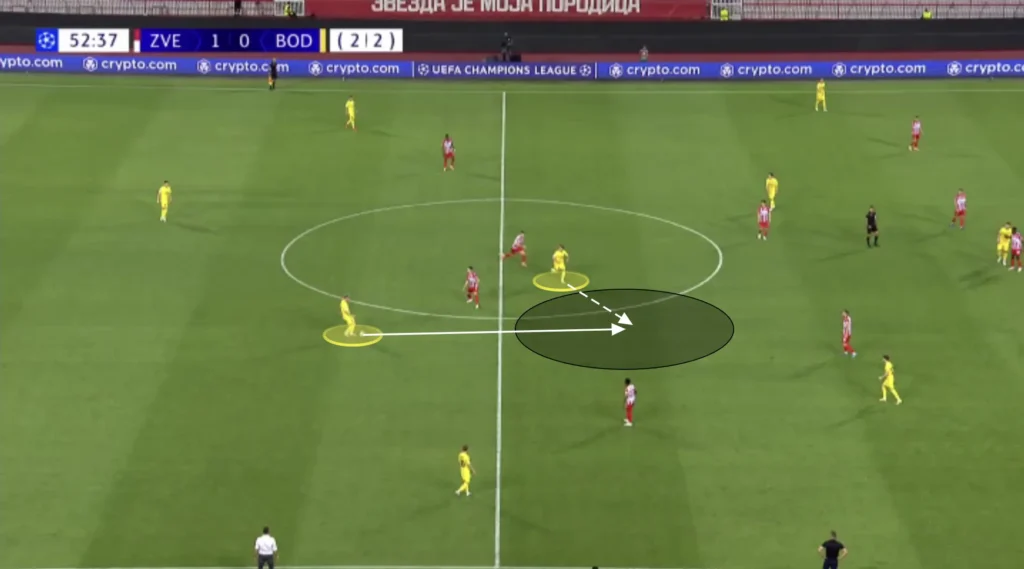
Tactical Application:
Teams that use positional advantage effectively often have players who are excellent at reading the game and finding spaces that disrupt the opponent’s defensive shape. This is why coaches place so much emphasis on player positioning in both attack and defense. Players must be aware of the lines in the opposition’s defensive structure and constantly move to exploit these gaps. When a team successfully executes this, it creates numerous options for progressing the ball and putting pressure on the opposition.
3. Dynamic Advantage (Socio-Affective Advantage)
A dynamic advantage, often referred to as a socio-affective advantage, arises from the relationship between players. This advantage is not solely based on physical numbers or position but on the understanding, chemistry, and coordination between teammates. Dynamic advantage allows certain players to outperform their opponents due to superior communication, anticipation, and decision-making. It is particularly evident in tight spaces or when the team is under pressure.
Example of Dynamic Advantage:
Imagine a team under heavy pressure from the opponent’s high press. The midfielders, through their understanding of each other’s movement, combine with quick, short passes to move the ball out of the pressure zone. The ability to maintain possession in such situations is a dynamic advantage that arises from the players’ relationships and understanding of their teammates’ movements and decision-making. Even when under intense pressure, the team is able to stay calm and find creative solutions.
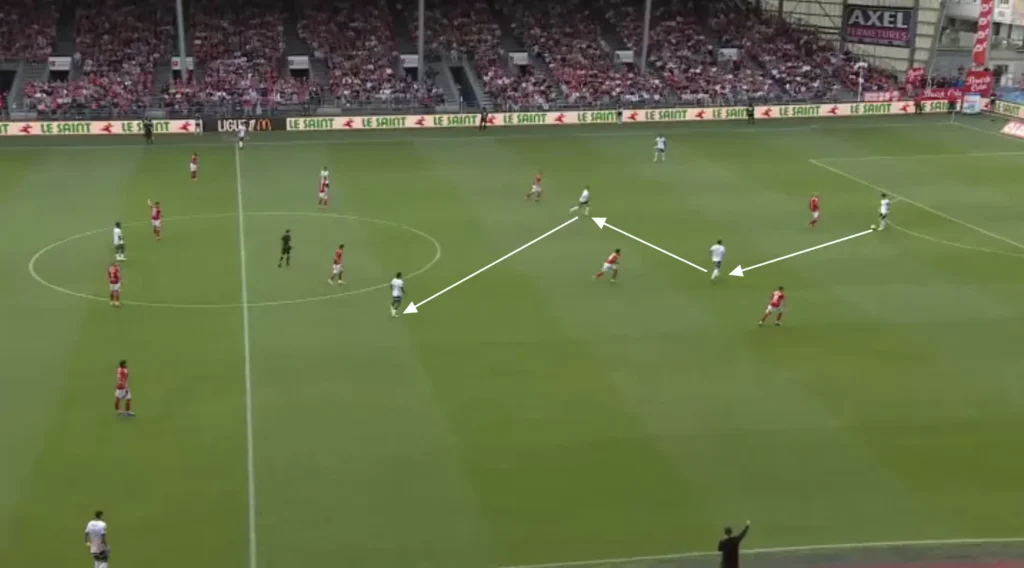
Tactical Application:
Dynamic advantage is cultivated through training that focuses on ball circulation, close control, and quick decision-making under pressure. Teams that build strong interpersonal connections between players can rely on their dynamic advantage in difficult situations. This often becomes crucial in transition phases, where teams must break through defensive blocks or exploit spaces after a turnover. Teams with high technical skill and chemistry are able to better navigate tight spaces and maintain control of the ball, even when facing a high-intensity press.
4. Qualitative Advantage
A qualitative advantage refers to the superior technical, physical, or mental abilities of a player in a given situation. This can be anything from a player’s dribbling skills, passing range, physical strength, to decision-making under pressure. A qualitative advantage allows a player to overcome challenges that may otherwise stifle a less skilled player, especially in critical moments of the game.
Example of Qualitative Advantage:
In a 1v1 situation, a forward with exceptional dribbling and speed can beat a defender, creating space to shoot or pass.
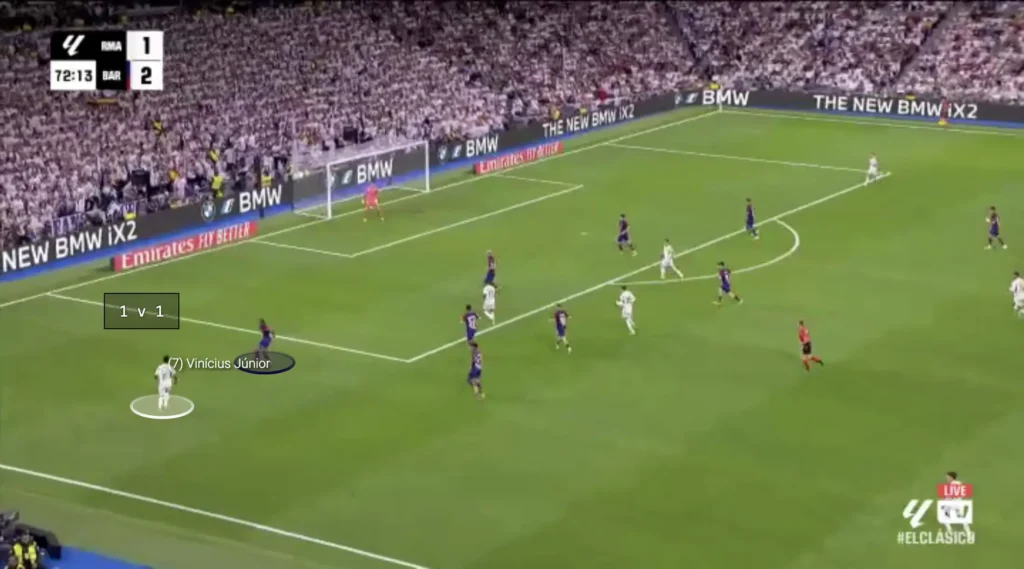
Similarly, a holding midfielder with excellent vision and the ability to retain possession under pressure can resist the opponent’s press and make crucial passes that change the course of the game.
Tactical Application:
Coaches often design their tactical setup to leverage the qualitative advantages of their best players. For example, a team may focus on building play around a midfielder who has excellent vision and decision-making skills, or they may rely on a quick, skillful winger to create space in wide areas. Understanding when and how to exploit these qualitative advantages can lead to key moments in the game that result in goals or vital defensive actions.
Conclusion
The four types of advantages — Numerical, Positional, Dynamic, and Qualitative — are not isolated concepts. In fact, they often work together to create superior outcomes for a team. For example, a team may create a numerical advantage in defense, exploit positional advantages in attack, rely on dynamic advantages in transition, and utilize qualitative advantages in key moments to finish chances or defend under pressure.
The key to success lies in recognizing these advantages and making the most of them when they arise. Since these advantages are momentary and fleeting, it’s essential for players to be aware of their surroundings, anticipate how the game is unfolding, and respond quickly to capitalize on any opportunities that emerge. Football is a fast-paced game, and those who can adapt and exploit these tactical advantages are the ones who often come out on top.
By mastering the use of numerical, positional, dynamic, and qualitative advantages, teams can consistently put themselves in favorable situations, making it more likely to control the game, break through opposition defenses, and ultimately win matches.
